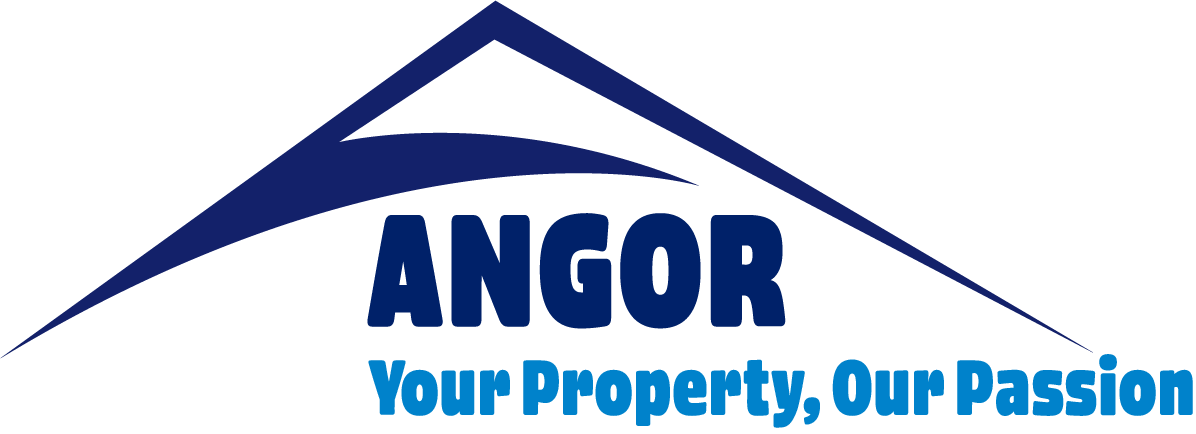Managing Scheme Levies
Levies! The bane of every in-community owner. Is it just the cost of being part of a Body Corporate and being invested in a Sectional Title property or an efficient way of sharing community costs? Let’s have a closer look at these contentious bills.
Exploring levies
Levies, or contributions, are the monthly payments, payable by members of a Sectional Title Scheme to the Trustees or Managing Agent of that Scheme. These contributions are charged to ensure that the Scheme has the funds to be able to pay expected expenses, such as maintenance of the common property, Managing Agent fees, administration costs and so on.
Collected levies are usually held in two separate accounts. Levies, collected for the administrative fund, are intended for the day-to-day running of the Scheme. The funds placed in the reserve fund, are set out to be used for future maintenance, planned capital expenditure, and building upkeep requirements.
There are also special levies that can be raised and used to cover unforeseen, but necessary, costs that cannot be delayed.
The collection of all levies is governed by the Sectional Titles Schemes Management Act (STSMA). The Act obliges the Body Corporate to perform the functions of the Act, with rules and obligations requiring them to make all necessary contributions to the Scheme’s funds.
When a member neglects to pay the levies due to the Body Corporate, the BC may have to invoke stringent means to seek collection of these arrears. A situation that can quickly become exhausting for all concerned.
The Prescribed Management Rules (PMR) also refer to the collection of levies and tell us that sanctions for the inability to pay levies can even include the suspension of voting rights on ordinary resolutions.
The obligation to pay the levies in full, and on time, remains with the Owner, even in disputed cases, where the Owner still has to pay the disputed amount and only afterwards can they raise the dispute with the Body Corporate. The dispute and the ability to challenge the disputed amounts would then be resolved by the Community Scheme Ombudsman Service (CSOS) or a relevant court.
Nonetheless, failure to pay monthly levies is a violation of the relationship between the member and the Scheme. As such, the trustees could ask CSOS for an order to compel the member to pay the levies owed. Or approach a relevant court to achieve the same result.
It’s not hard to imagine some of the complications that could arise, especially in difficult times. High inflation, rapidly rising energy costs, the impact and aftermath of the pandemic and its effect on peoples’ working lives – it’s not difficult to see that many ordinary people cannot afford to meet additional financial obligations right now. And these are all issues that will need to be managed carefully, respectfully, but also efficiently, so that all parties are considered and supported as far as possible.
How Are Levies Calculated in Sectional Title Properties?
A budget must be submitted for review and approval by the members of the Scheme at every annual general meeting (AGM). The Trustees are responsible for making sure this happens and will often use professional services or Managing Agents to setup and coordinate the information, administration, and work of property management specialists to ensure that everything is done properly.
While it comes at a fee, a well-done and professional budget will make provision for all of the income and expenses of the Body Corporate and also serve as a basis for the calculation of the levies to be collected.
Budgeted income will include the income received from ordinary levies, income from exclusive-use areas, rental income taken from letting activities of the common areas, levies for the maintenance reserve fund, levies for CSOS and any other income, for example electricity and water in some cases.
Budgeted expenses could include a mix of utility charges for water, refuse, sewerage and electricity, bank charges, accounting and audit fees, management fees, salaries for staff employed, insurance premiums, CSOS levies due and a whole range of necessary contractual obligations. Things like cleaning and security services, provisions for planned maintenance and contingencies or unknown matters that can spring up from time to time.
The STSMA says that the levies of Owners of residential units must be determined with reference to the participation quota (PQ) of a unit. This is the actual floor-area ratio of a unit expressed as a percentage of the floor area of all the units together. It is used as a basis to determine a residential Owners’ share of the contribution required for the next 12 months or budget period ahead.
A written levy schedule must be presented to the Owners after the AGM, and it must show each section Owner, the size of their section and associated PQ value for that section. By comparing the levy schedule with the approved budget, Owners will be able to determine whether the levy for their section has been calculated correctly.
The levy statement should include a detailed breakdown of the following:
- The ordinary levy and the CSOS levy.
- The Exclusive Use Area levy, where this might apply.
- Rental, where the owner might be renting common property from the Body Corporate, for example additional parking space.
- The Owner’s share of the maintenance reserve (maintenance levy).
- And utility charges as applicable.
To contact ANGOR with any questions, or for financial and property management advice, please go to: https://www.angor.co.za/
Why you should think twice before bypassing the CSOS dispute resolution procedures

